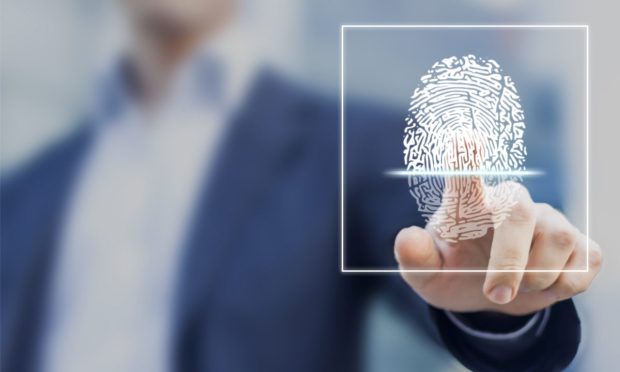authID.ai Grabs Biometric ID Authentication Patent

Biometric identity authentication platform authID.ai will get a patent Tuesday (Nov. 23) from the U.S. Patent and Trademark Office for a method that uses various attributes of a person, securely linked to a Primary Account Number (PAN) to authenticate the person’s identity.
U.S. Patent No. 11182777 (“the ‘777 patent”), entitled Systems and Methods Using a Primary Account Number to Represent Identity Attributes, uses a person’s PAN to identify them without releasing any sensitive data to provide access, such as opening a door for a user, or accessing a bank account, or other payment method of the user.
Identity authentication transactions can be authorized through a person’s biometrics, including the user’s unique facial features, and routed across networks in the same way as payment transactions.
The identity attributes are stored in an encrypted database that can be accessed during identity authentication or verification transactions. A transaction processor uses the PAN to trigger identity verification or authentication.
Biometrics-based identity verification and authentication transactions may be required when using public transportation, accessing medical records, entering physical facilities or making payments at a point of sale on global networks and future platforms.
“This patent grant validates the innovation behind authID’s proprietary solutions and is further proof of our commitment to optimizing the identity verification process and addressing the inherent problems of legacy authentication options,” said Tom Thimot, CEO of authID.ai, in the company announcement.
“This brings us one step closer to actualizing our vision of ‘payments by face,’ in which every enterprise can use cloud-based biometrics to offer its customers a more convenient, frictionless and secure transaction experience,” he said.
Related reading: Why Always On Authentication is the Future of Online Security
Biometric security through fingerprint scanners and facial recognition is used in police stations, military bases and banks as well as on smartphones to allow users to unlock their devices without a password.
The real game-changer in the future of biometric security, though, is behavioral biometrics, such as the keystrokes a person makes, their speech patterns and even how they hold a particular device.
Sanjay Gupta, vice president and global head of product and corporate development at Mitek Systems, said there are anywhere from 50 to 100 different sensors on any one device that can capture an individual’s behavior. People’s routines are also part of their behavior, he said.
